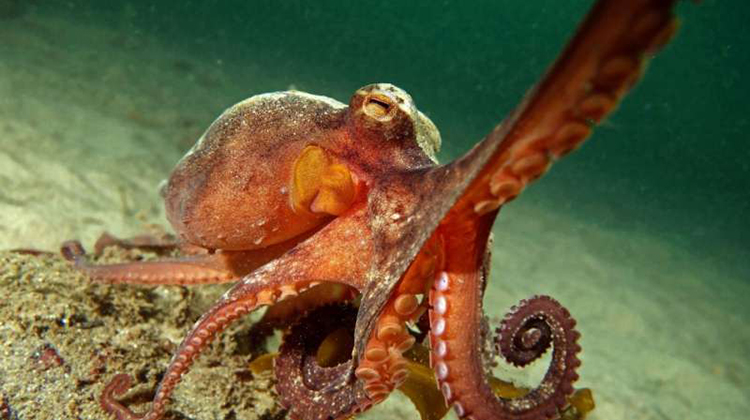Some constructive online activities

There is a plethora of online activities available online but there are some of the better ones.
Bird Count
Australia’s largest citizen science event, the Aussie Backyard Bird Count, organised by BirdLife Australia will connect students with their natural environment, build scientific skills, and educate kids about life cycles, habitats and adaptations of birds in their area. See here
Participants will be asked identify and report birds in the area to help track and protect Australian birdlife.
There’s a number of resources available online to support learning about local birds in a school’s area. They’ve been developed for grades 5-6 to support an active birdlife learning experience in the classroom or at home.
Lesson plans available can be adapted for younger year levels, with a number of additional materials including posters, stickers, bookmarks and colouring pages.
In last year’s count, 88,000 Australian’s spotted almost 3.4 million birds, register at https://aussiebirdcount.org.au/teachers/. Once registered, teachers will receive links to access and download lesson plans and request additional materials for students, if needed.
Artificial reef
The Sydney Opera House has produced a new suite of teaching resources for Australian schools about its Artificial Reef Project ahead of the United Nations’ Global Goals Week (18-26 September). See here
In 2019, the Opera House installed a modular artificial reef underwater in a research partnership with the University of Technology Sydney (UTS), led by marine ecologists Professor David Booth and Gigi Beretta. The purpose of the project is to improve marine biodiversity in Sydney Harbour.
The teacher resources are designed for multiple curriculum areas including; science, design and technology, geography and history for Stages 2, 3 and 4. Accompanying the teacher resources is a brand new explanatory video hosted by Wiradjuri actor Kamil Ellis (SeaChange, Bushwhacked! Nowhere Boys, Cleverman) explaining the Opera House’s connection to its environment and featuring underwater footage of the reef. Also available is a 3D computer-aided design of the artificial reef and photogrammetry model of the reef pods for students to interact with and explore.
The artificial reef was installed along the Opera House sea wall following baseline research conducted about fish numbers and diversity in underwater areas around the building. The man-made reef comprises a set of eight pods of three hexagonal-shaped units constructed from marine-grade steel and concrete. They have become encrusted with seaweed and sea life and now provide a home for smaller fish species.
Science experiments for kids
In partnership with the experts at the Museum of Science and Industry Chicago, Mastercard has launched a range of experiments in science, technology, engineering, and maths for children aged 6 to 12. See here
Kids can get involved hands-on using materials they likely have at home and activities include:
Learning the Laws of Motion with Balloon Racers: Make your own breeze on a hot day and learn about Newton's third law of motion at the same time. Challenge someone to a race, experiment with different types of balloons, and even make your racer into one of Chicago's elevated train cars.
Testing Molecular Structures with Gum: Experiment with different substances to get sticky gum off a shoe. Sanitation workers experiment with a variety of techniques to remove gum from surfaces. What do you think works best to remove gooey gum?
Making Ecosystems with a Terrarium: Craft an ecosystem in a jar for a bug's-eye view of science. Watch a community of plants, animals, and smaller organisms live, eat, and interact in the same area.